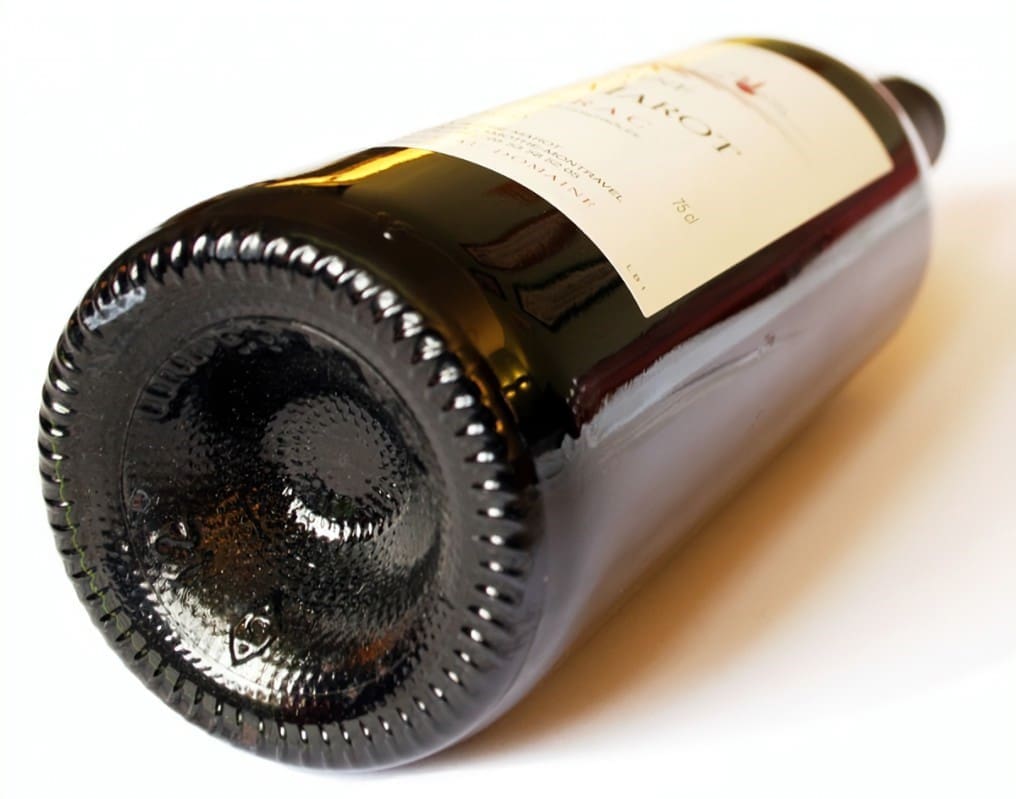I can’t tell you how many times I’ve been asked why bottles of still wine, without any internal gas pressure, have cavities – or punts – in the bottom of their shape. And the best answer I can give is that it’s all about fashion. But let’s go back in time.
And, as far as I am aware, the manufacture of the punt in wine bottles began for Champagne. In the early days of making Champagne, it was packaged into bottles whose base was perfectly flat. This proved somewhat problematic, since the glass made at the time was not all that strong, and the secondary fermentation in the Champagne process meant that the carbon dioxide trapped inside the bottle could develop an internal pressure of around six atmospheres. So just storing and drinking the stuff became potentially hazardous, since the bottles would explode at their weakest point – their base, where there was a 90-degree angle between the base and the sides of the bottle.
Enter stage left the punt – invented to preventing the bottom of a bottle from exploding. Its reinforced shape provided the strength and stability to ensure that Champagne could be bought, sold and enjoyed without risk to life or limb. The notion of serving a bottle of Krug, only for it to explode all over the room, is not a happy one.
Modern glass is strong enough not to require a punt, even for bottles of sparkling wine. The punt still comes in handy for those companies that like to create large stacks of maturing bottles of wine, including most Champagne houses, since it gives the stack more stability and internal strength.
There is but a single reason why we seen punted bottles today: fashion. Punts apparently make bottles feel better, look better and more exclusive. The bigger the punt, the bigger the effect. It’s sort of like an old-fashioned male thing, but in reverse.
But herein lies a warning: don’t be fooled by fancy packaging. Some of the bottles sent to me are so heavy you could be fooled for thinking they contained twice what they do. Some are so tall they protrude several inches beyond most of the bottles in a rack. Many such bottles are awkward to stack, difficult to open and require the strength of Hercules to pour from. You have to ask yourself why a company would choose to make such a statement.
In many cases, far too many in reality, fancy large bottles (many of which have extreme punts) are used to make ordinary wine look good. Take a look at the ubiquitous weaponised bottles so popular in China today, in which the punt is so deep you could almost take a drink from it, and you’ll see what I mean. Don’t be fooled by this, and make your buying decisions instead based on your opinion of the wine inside the bottle, or that of someone you trust.
Punts can also be useful for those people who like pouring a bottle of wine with a thumb inserted up the punt to provide some level of grip on the bottle. In my opinion this is rather affected behaviour, since if pouring from the bottle it is generally quite important to be able to twist the bottle immediately after the serve is poured to prevent a drip from falling from the bottle and onto the table. It’s virtually impossible to do that if using the thumb-up-the-punt method, which I largely see being deployed by wine waiters who are a long way short of sommelier status. And any sommelier doing this should simply know better!













